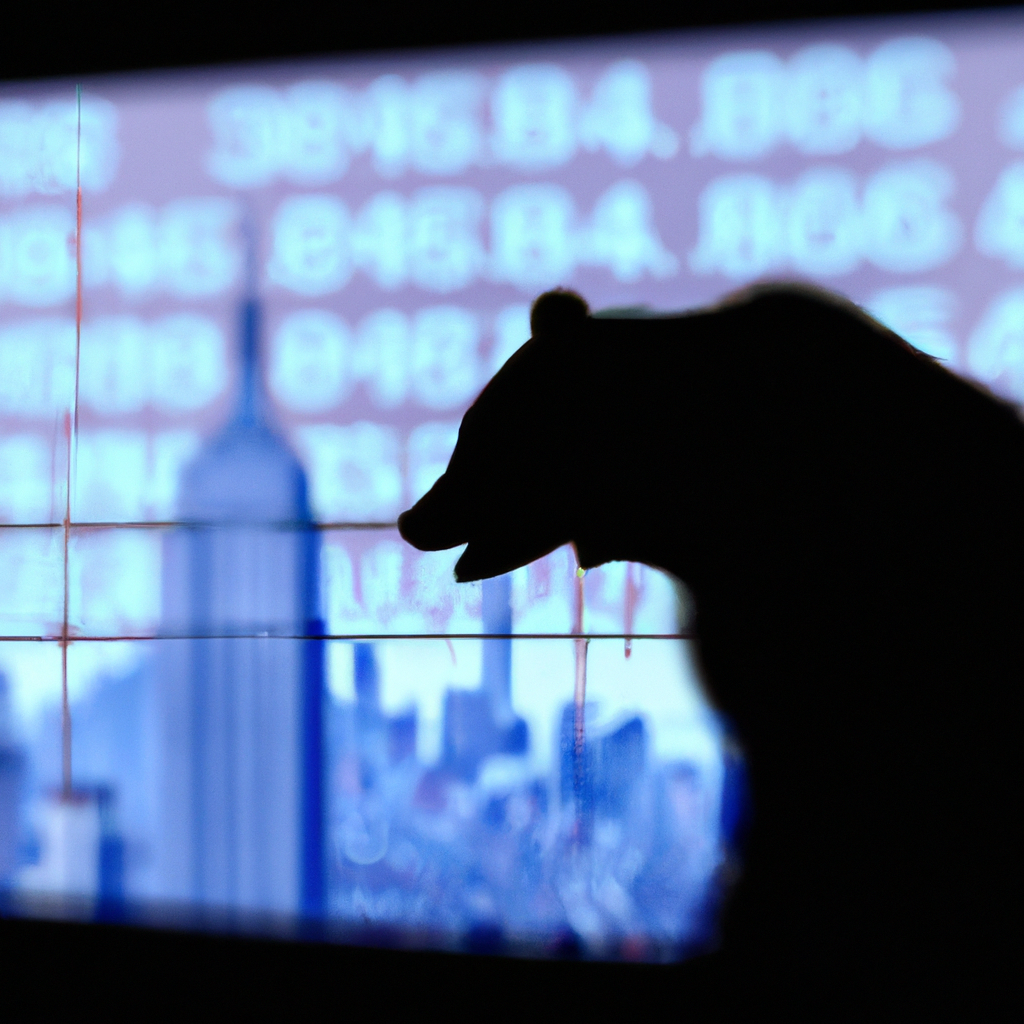Investors had a rocky start to the week as stock futures pointed to significant losses at the market opening, following Japan’s worst trading day since 1987, where the Nikkei 225 plummeted 12.4%. European stocks also faced pressure as a global sell-off unfolded amid rising concerns regarding the U.S. economy. Recent data showed that only 114,000 jobs were added last month, falling drastically short of the Dow Jones estimate of 185,000. However, the worries extend beyond this data point, as investors fear the Federal Reserve may be lagging in its response.
Traders are currently anticipating a half-point rate cut from the Federal Reserve in September, with some market analysts suggesting that more substantial cuts are necessary. The S&P 500 is projected to decline about 9% from its recent high with a drop of 10% marking an official correction. Chart analyst Katie Stockton from Fairlead Strategies warns that a deeper correction may be on the horizon. She identifies emerging support for the S&P 500 at around the 5,000 mark, which represents a further decrease of 6.5%. If the index falls below this threshold, support could be found at approximately 4,820.
The S&P 500 closed at 5,346.56 on Friday, indicating a potential decline of about 9% to reach that next support level. Stockton noted that there remains a possibility of a rebound as seen on Friday, which could lead to an oversold bounce. Major averages experienced substantial drops on Friday but managed to recover somewhat from their lowest points.
In light of current market conditions, investors are hopeful that the Federal Reserve will intervene if necessary. Wharton School professor Jeremy Siegel expressed during a recent CNBC interview that the central bank should implement two rate cuts of 0.75 percentage points each, labeling this as a minimum requirement. He stated, “The Fed funds rate right now should be somewhere between 3.5% and 4%. The market knows so much better than the Fed. They’ve got to respond.”
